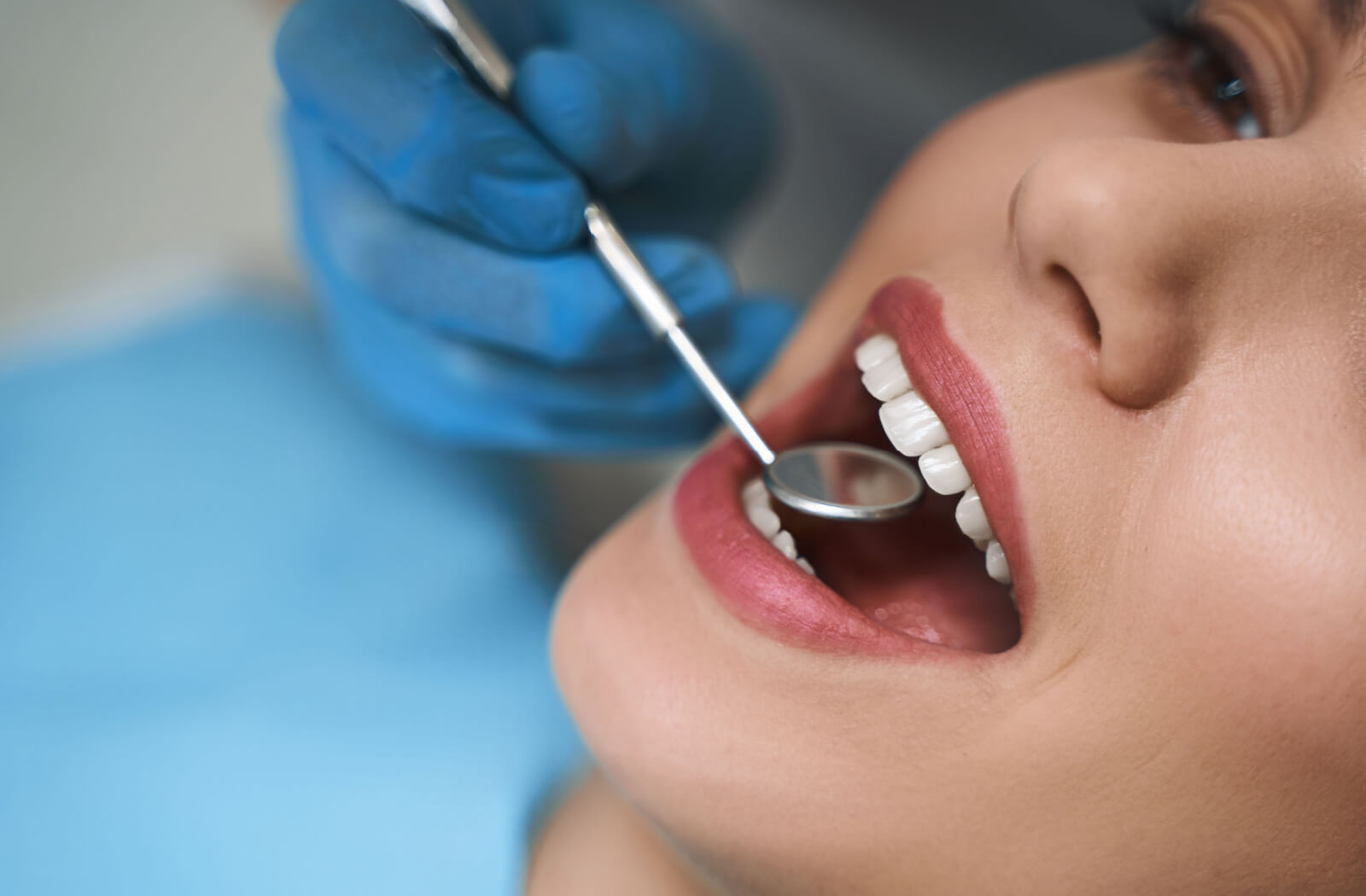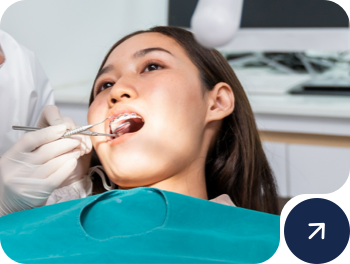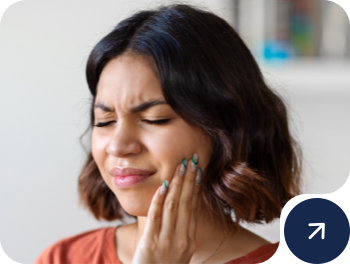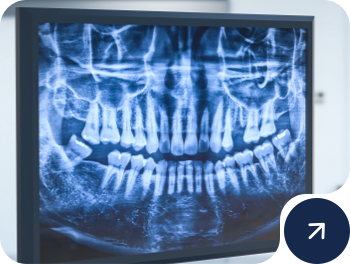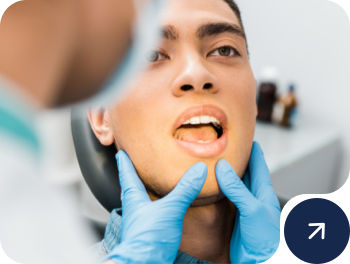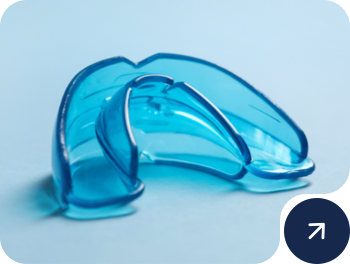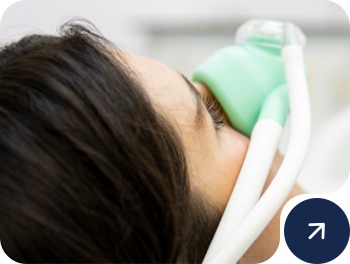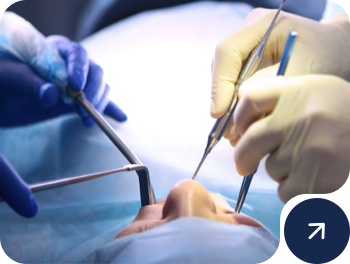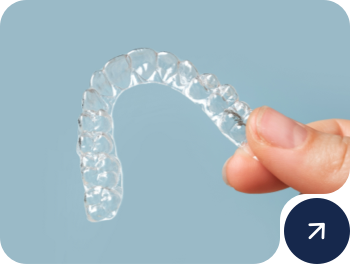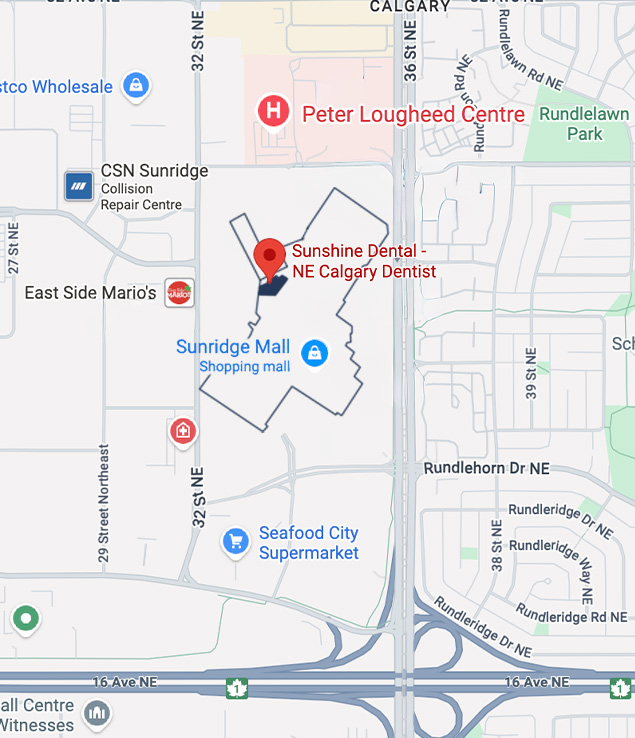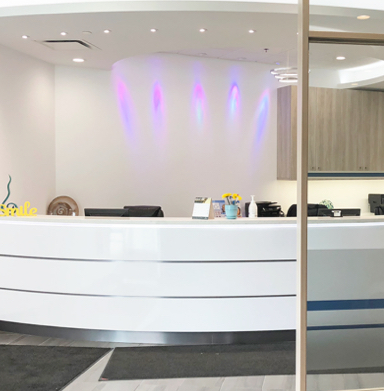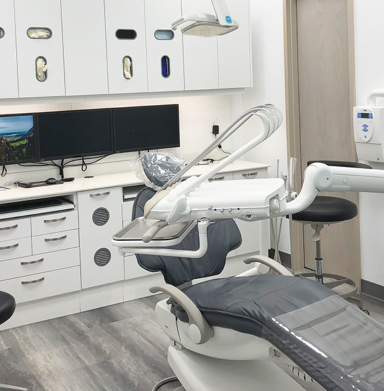Root canals are an important dental procedure that may be necessary when the pulp inside the tooth becomes infected or inflamed.
Healing from a root canal procedure may take some time, but there are some steps you can take to promote your recovery, like eating soft foods, staying hydrated, and getting lots of rest.
How to Promote Your Root Canal Recovery
It’s essential to avoid any strenuous activity that could cause trauma to the surgical site following your root canal. Take things easy for a few days and avoid any activities that could trigger pain or complications. Avoid playing sports, lifting heavy weights, and other physical activities for the first few days after your procedure, and follow the directions laid out by your dentist.
Protect Your Mouth from Infection
One of the most important things you can do after a root canal procedure is to protect your mouth from potential infections. You can help keep your mouth clean by brushing your teeth twice a day and rinsing your mouth with warm saltwater to help alleviate pain and swelling. Additionally, avoid drinking alcohol or smoking for the first few days following your extraction procedure, as it can slow down the healing process and increase your risk of infection.
Take Your Medications
Your dentist may prescribe antibiotics or painkillers to alleviate pain and prevent infection. It’s important to take your medications as directed to minimize your discomfort and speed up your healing process. If you have any concerns or allergies, be sure to discuss them with your dentist before following the prescribed medications.
Stay Hydrated
After a root canal, it’s vital to keep your hydration levels up. Plain water, room temperature or cool without ice, should be your go-to drink. Hydrating helps flush out toxins from your body and can help soothe inflammation in your gums. Avoid drinks that are acidic or high in sugar, such as soda, coffee, and fruit juice, as they can damage your tooth enamel.
What Can I Eat After a Root Canal?
After a root canal procedure, it’s essential to stick to soft and easy-to-chew foods. Avoid sticky, crunchy, or hard foods that can cause discomfort or damage your dental work, and try to eat foods that don’t require too much chewing. Opt for foods like:
- Soups (not too hot)
- Smoothies
- Soft, nutritious foods, like:
- Mashed potatoes
- Scrambled eggs
- Ice cream
Soup can also help with softening hard foods and making them easy to chew and swallow while preventing damage to the treated tooth.
Foods that are crunchy or hard should be avoided for at least a week after the root canal, including:
- Nuts
- Chips
- Popcorn
- Raw vegetables
Foods that require tearing, biting, or chewing can cause further irritation. Additionally, avoid foods that are acidic as this can soften the tooth enamel and make them more susceptible to decay and sensitivity.
When to Get a Crown Placed Following a Root Canal
Getting a crown placed after a root canal is crucial to protect the tooth and prevent further decay. The time between your root canal and placing the crown can be determined by your dentist.
Waiting to place the crown allows swelling around the tooth to subside, so the crown can fit better and provide greater stability.
However, it’s important not to wait too long to get a crown placed. If you delay the crown placement, the tooth may become prone to breakage, start to decay again, or it may become infected.
Preventative Care Can Protect Your Oral Health
The most effective way to prevent tooth decay and damage is by practicing good oral hygiene habits. Brush your teeth twice a day with fluoride toothpaste, and floss at least once a day. Additionally, schedule regular dental checkups and cleanings to identify issues early on and get prompt treatment.
You can also prevent tooth damage by avoiding biting on hard or sticky foods that can crack or break your teeth. If you participate in sports, wear a sports mouthguard to protect your teeth from any accidents or injuries. Lastly, don’t ignore any dental discomfort or other symptoms, as early detection and treatment can often prevent the need for a root canal.


